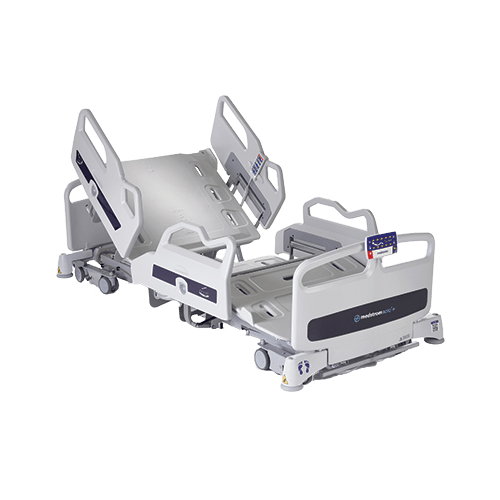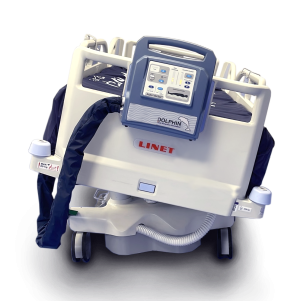
Palliative Care
In this post, I look at the definition of palliative care, and the difference between palliative and end of life care. I also discuss some of the challenges I faced as a Palliative Care Clinical Nurse Specialist.
Definition
Palliative care provides physical, emotional, spiritual and practical support to people who have been diagnosed with a terminal illness. In addition, it offers support to the person’s family, friends and caregivers.
It is a type of holistic care, which is very individualised and deals with the whole person. In other words, it doesn’t only focus on the illness or physical symptoms. Its aim is to give the person as good a quality of life as possible, for as long as possible.
Palliative and End of Life Care Differences
People sometimes confuse palliative and end of life care. Once someone has been diagnosed with a terminal illness, they can start to receive palliative support. Some people will choose – or need – to have it earlier than others after their diagnosis, for many different reasons.
People can have palliative care for years, so receiving it often doesn’t mean that a person is near the end of their life.
Having said that, end of life care does fall under the palliative care definition, but there are some important differences:
- Palliative care is much more wide-ranging and can continue for a long time.
- End of life care is for people who are thought to be in the last year of their life.1 It aims to:
- Provide individualised, holistic care with the person’s wishes and preferences catered for wherever possible.
- Keep the person as comfortable as possible.
- Deal with any practical needs.
- Enable the person to die with dignity.
My Experience of Providing Palliative Support
Number of People Involved
One of the challenges I faced frequently when providing palliative support was that many individuals were involved. There were often various professionals, family and friends involved, all aiming to provide the best holistic care possible.
We all desperately wanted to get this right, but it could only be achieved through relationship building, good communication, and effective collaborative working. In today’s extremely pressurised health and social care services, this can be difficult to always achieve.
However, I’ve seen first hand how the establishment of regular multi-disciplinary meetings, with representatives from health and social care, can help to improve communication and patient care. Wherever possible, involving the patient and their loved ones and carers throughout helps to ensure they receive the care they want, which is also optimised for their needs.
Equipment Provision
When working with patients, I sometimes struggled to get suitable equipment for their needs. For example, I remember a patient in the community who had multiple pressure ulcers, and her skin was continuing to deteriorate. She had the top specification dynamic air mattress that was available to us, but it didn’t stop her skin deteriorating or help to heal the existing damage. She was in a lot of pain, couldn’t tolerate repositioning, and the situation was extremely distressing for her, and her family and carers.
At the time, the Medstrom Dolphin Therapy surface, which is a ‘step up’ from a dynamic air mattress, was not available to us. I also confess I didn’t actually know about it then; we didn’t work with Medstrom and had no access to their equipment.
Looking Back, and Forward
Looking back now, and now knowing how effective Dolphin Therapy is at both prevention and treatment of skin damage, I believe it could have really helped this patient. It also improves pain management and comfort for nearly all people, which would have been of benefit too. In addition, I think the Eleganza 5 bed, with its lateral tilting platform, could have helped with off-loading and repositioning.
Whilst I wish I’d known about Dolphin Therapy and Eleganza 5 then, I feel very fortunate that I can now recommend them for patients who need the extra support they offer.
References
-
What end of life care involves (2022). NHS. Available at: What end of life care involves – NHS (www.nhs.uk)















